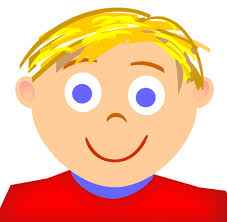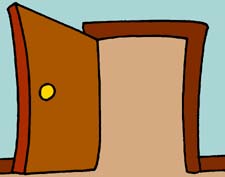Another fun Groovi Pauli song for the kids to shake their 肩膀 to, and learn names of some fruits. It’s another echo song, so kids can sing along easy to it. It’s also a cool way to discuss the word ‘nutritious’ in English to the pre-schoolers, and how it is much easier to say it in Chinese!
Here are the lyrics:
苹果,苹果,苹果 (píng guǒ, píng guǒ, píng guǒ) apple, apple, apple
香蕉,香蕉,香蕉 (xiāng jiāo, xiāng jiāo, xiāng jiāo) banana, banana, banana
葡萄,葡萄,葡萄 (pú táo, pú táo, pú táo) grapes, grapes, grapes
橘子 (jú zi) tangerine
水果,水果,水果 (shuǐ guǒ, shuǐ guǒ, shuǐ guǒ) fruit, fruit, fruit
营养 (yíng yǎng) nutritious
水果,水果,水果 (shuǐ guǒ, shuǐ guǒ, shuǐ guǒ) fruit, fruit, fruit
水果 好吃 (shuǐ guǒ hǎo chī) Yummy fruit
草莓,草莓,草莓 (cǎo méi, cǎo méi, cǎo méi) strawberry, strawberry, strawberry
西瓜,西瓜,西瓜 (xī guā, xī guā, xī guā) watermelon, watermelon, watermelon
梨,梨,梨 (lí, lí, lí) pear, pear, pear
柚子 (yòu zi) pomelo / grapefruit
水果,水果,水果 (shuǐ guǒ, shuǐ guǒ, shuǐ guǒ) fruit, fruit, fruit
营养 (yíng yǎng) nutritious
水果,水果,水果 (shuǐ guǒ, shuǐ guǒ, shuǐ guǒ) fruit, fruit, fruit
水果 好吃 (shuǐ guǒ hǎo chī) Yummy fruit

